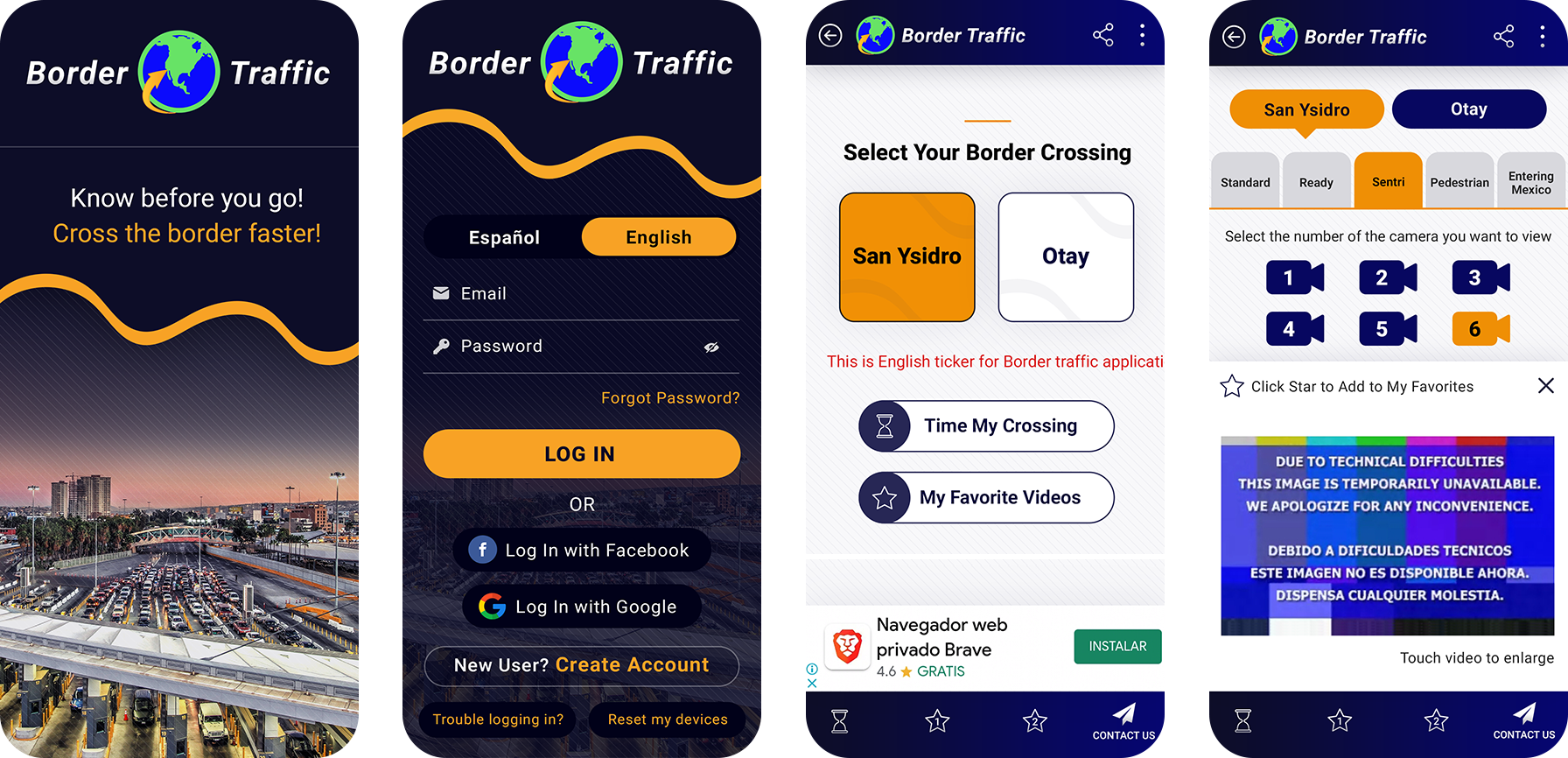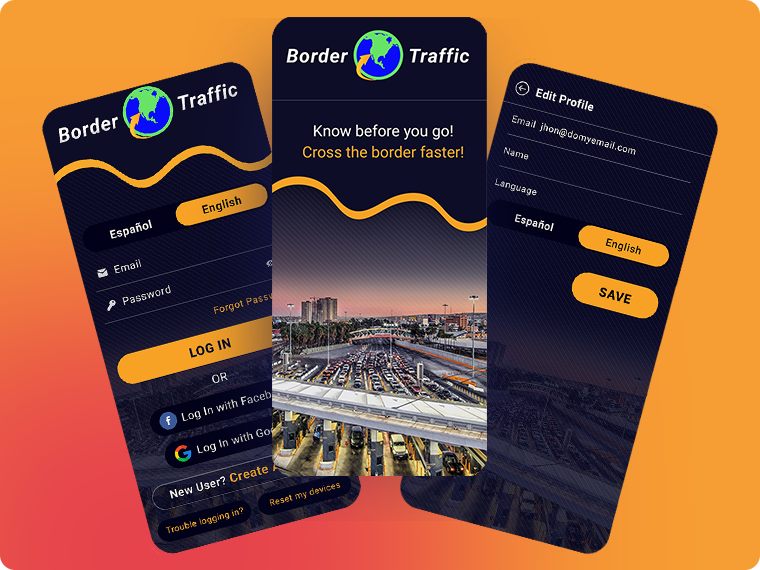1We employed advanced buffering techniques and error correction algorithms to maintain video quality and connectivity. Additionally, we also provided users with troubleshooting tips and a status page to check the health of video feeds.
2Our team simplified the process of lane selection by providing a user-friendly interface with clear labels and icons representing each lane type. We also implement a recommendation feature that suggests the best lane based on historical data and current conditions, tailored to the user's previous preferences and travel patterns.
3We enhanced the accuracy of wait time estimates by integrating machine learning algorithms that analyze historical and real-time data. Regularly update the system with new data points and user feedback to improve prediction models.
4Our expert developers allowed users to fine-tune their alert settings with granular controls. We provided options to adjust the frequency and type of notifications based on time of day, specific lanes, or threshold levels. Also implemented a "Do Not Disturb" mode during set hours to avoid unnecessary disruptions.
5Introduced an intuitive bookmarking system for users to save and organize their favorite video feeds easily. Allow users to rename and categorize their saved feeds for quick access. Provide a dashboard that displays saved feeds with thumbnail previews and status indicators for quick reference.



